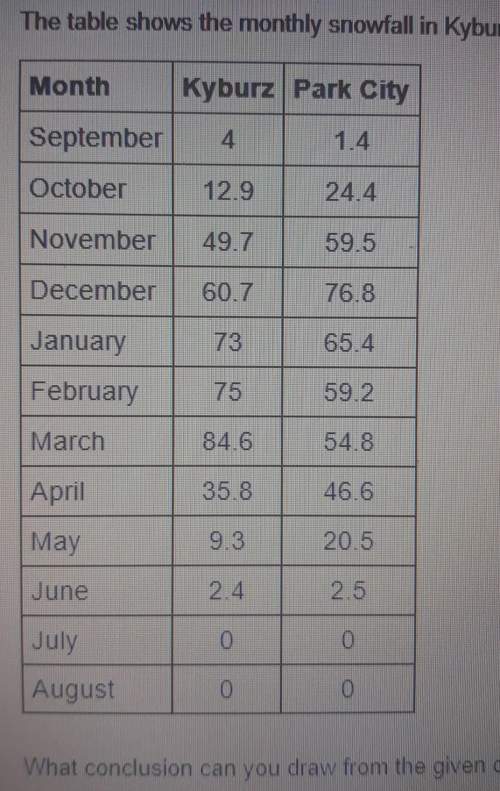
Mathematics, 26.04.2021 21:10 kevin7334
There are two triangles, AQRS and ATUV. The
coordinates of AQRS are Q(5,3), R(9,3), and
S(9,7). The coordinates of ATUV are T(0,0).
U(-4,0), and V(-4,4). Describe the sequence
of rigid motions that maps AQRS to ATUV.
Which of the following is the description of the
rigid motions which maps AQRS to ATUV?
O A. A translation 5 units to the left and 3 units
down, followed by a reflection across the
X-axis
OB. A translation 5 units to the left and 3 units
down, followed by a reflection across the
y-axis
oc. A translation 4 units to the left and 2 units
down, followed by a reflection across the
y-axis
N
o
-10
-10

Answers: 1


Another question on Mathematics


Mathematics, 21.06.2019 20:30
Answer asap ill give ! ’ a sample of radioactive material decays over time. the number of grams, y , of the material remaining x days after the sample is discovered is given by the equation y = 10(0.5)^x. what does the number 10 represents in the equation? a. the half-life of the radioactive material, in days b. the amount of the sample, in grams, that decays each day c. the time, in days, it will take for the samples to decay completely d. the size of the sample, in grams, at the time the material was discovered
Answers: 1

Mathematics, 21.06.2019 22:00
Given the quadratic function f(x)=3x^2-24x+49 a. use “completing the squares” to convert the quadratic function into vertex form b. state the vertex c. find the x and y intercepts d. graph the function
Answers: 1

Mathematics, 22.06.2019 04:10
The probability that a u.s. resident has traveled to canada is 0.18 and to mexico is 0.09. a. if traveling to canada and traveling to mexico are independent events, what is the probability that a randomly-selected person has traveled to both? (page 109 in the book may ) b. it turns out that only 4% of u.s. residents have traveled to both countries. comparing this with your answer to part a, are the events independent? explain why or why not. (page 119 may ) c. using the %’s given, make a venn diagram to display this information. (don’t use your answer to part a.) d. using the conditional probability formula (page 114 in the book) and the %’s given, find the probability that a randomly-selected person has traveled to canada, if we know they have traveled to mexico.
Answers: 3
You know the right answer?
There are two triangles, AQRS and ATUV. The
coordinates of AQRS are Q(5,3), R(9,3), and
S(9,...
S(9,...
Questions

Biology, 25.07.2019 03:30


History, 25.07.2019 03:30


Biology, 25.07.2019 03:40

Chemistry, 25.07.2019 03:40



Biology, 25.07.2019 03:40

Social Studies, 25.07.2019 03:40

History, 25.07.2019 03:40

Business, 25.07.2019 03:40

Mathematics, 25.07.2019 03:40

History, 25.07.2019 03:40

Social Studies, 25.07.2019 03:40

History, 25.07.2019 03:40

Mathematics, 25.07.2019 03:40

Mathematics, 25.07.2019 03:40

Chemistry, 25.07.2019 03:40





